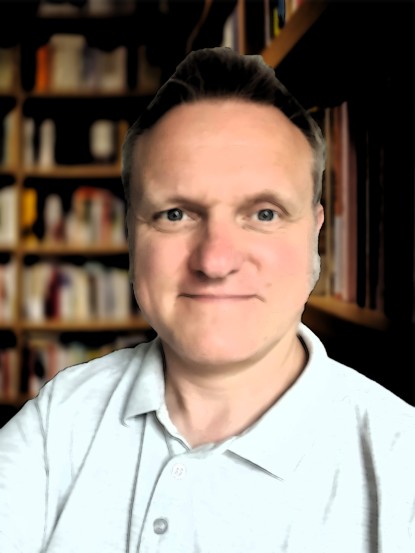Research Foci
R1) Multirate and multiscale methods
- Simulation of the Time-Shift process for non-spherical particles (234 K)
- Adaptivity for dynamic iteration methods (77 K)
- Parallel and explicit methods for the simulation of eddy current problems (122 K)
- Model Reduction in the Numerical Simulation and Optimization of Water-Networks (92 K)
- Adjoint-Based Model Reduction and Error Control in Multiphysics Problems (123 K)
R2) Optimal control
R3) Discrete-continuous and global optimization
R4) Uncertainty quantification
- Uncertainty quantification for electrical machines (356 K)
- Multilevel adaptive stochastic collocation methods in Uncertainty Quantification (102 K)
R5) Combustion
R6) Multiphase flows
- Simulation of the droplet combustion and impact on a solid surface using high-order accurate Discontinuous Galerkin Method for multi-phase incompressible flows (151 K)
- High-order accurate simulation of the collapse of cavitation bubbles using Discontinuous Galerkin Method for compressible multi-phase flows (108 K)
R7) Multiphysics applications
R8) Material modeling
R9) Communication systems
- Robust Communication Systems (92 K)
- Model Search with the Bootstrap (295 K)
- Array Signal Processing (265 K)
- Resource Allocation for Corridor-based routing in multi-hop networks (133 K)
- Application of Game theory in wireless multi-hop networks (64 K)
- Interference Alignment with Outdated Channel State Information in Relay Networks (205 K)
- Cross-Layer Optimization in Wireless Multihop Networks (73 K)
- Beamformer control for hearing glasses and aids (70 K)
Cross-sectional Areas
C1) Visualization and simulated reality
C2) High-performance computing techniques
C3) Verification and validation
C4) Software engineering concepts
- Pattern Matching and Quality Assurance in Model Synchronization Scenarios (77 K)
- Modularization Concepts for Efficient Pattern Matching and Their Application in Model Synchronization Scenarios (109 K)



